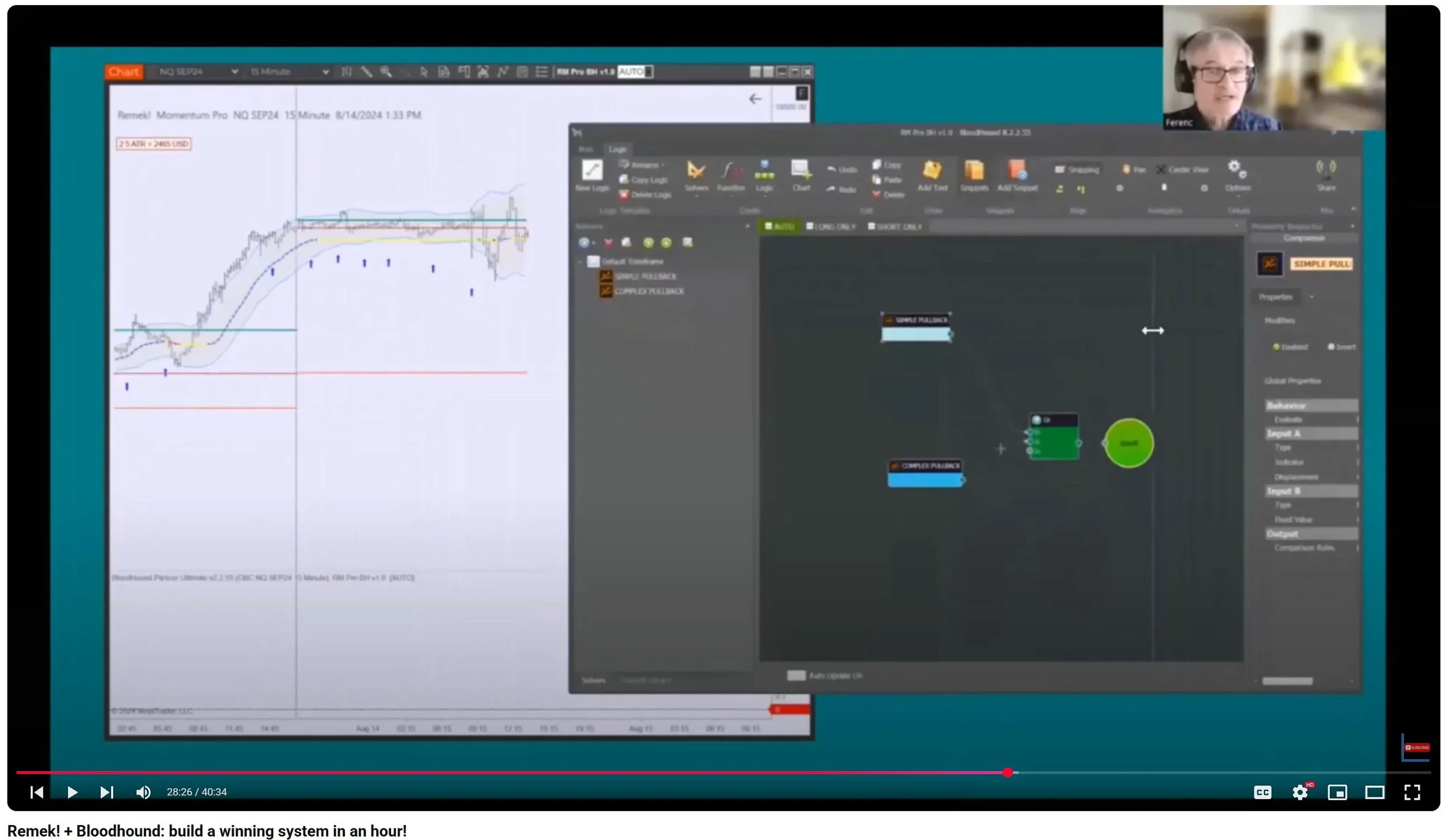While many new traders tend to focus on profits, job Nr. 1 for any trader must be to stay in the game. How so?
Well, after all, this is a game of probabilities, and probabilities, by definition, play out over a large number of bets. So for our edge to surface, we need to be able to place a large number of trades. And for that, we, obviously, must stay in the game. So there you go: job nr. 1 must be to stay in the game.
We must then, firstly, create a situation where blowing our account becomes - since we can’t say “impossible” in trading - highly, highly, highly unlikely. In other words: we have to cover our backs first. But covering our backs, i.e. defense is not the most exciting thing to ponder in the trading community, so very little is said about it and it is hardly ever discussed.
But like the construction of a house must start with the foundation, and cannot start with the windows, a sound trading plan must start by securing the account, by covering our backs, by protecting our downside, by mitigating catastrophic risk. Only with that done do we have the foundation we can build the rest of our trading plan on.
So let’s spend a few minutes covering the bases: in the chart below, simply enter the number of trades in the yellow cell our probabilitistic calculations will be based on. Any large enough number will do, and we’ll just use 1,000 to start this thought experiment. (P(w) means the probability of win.)













